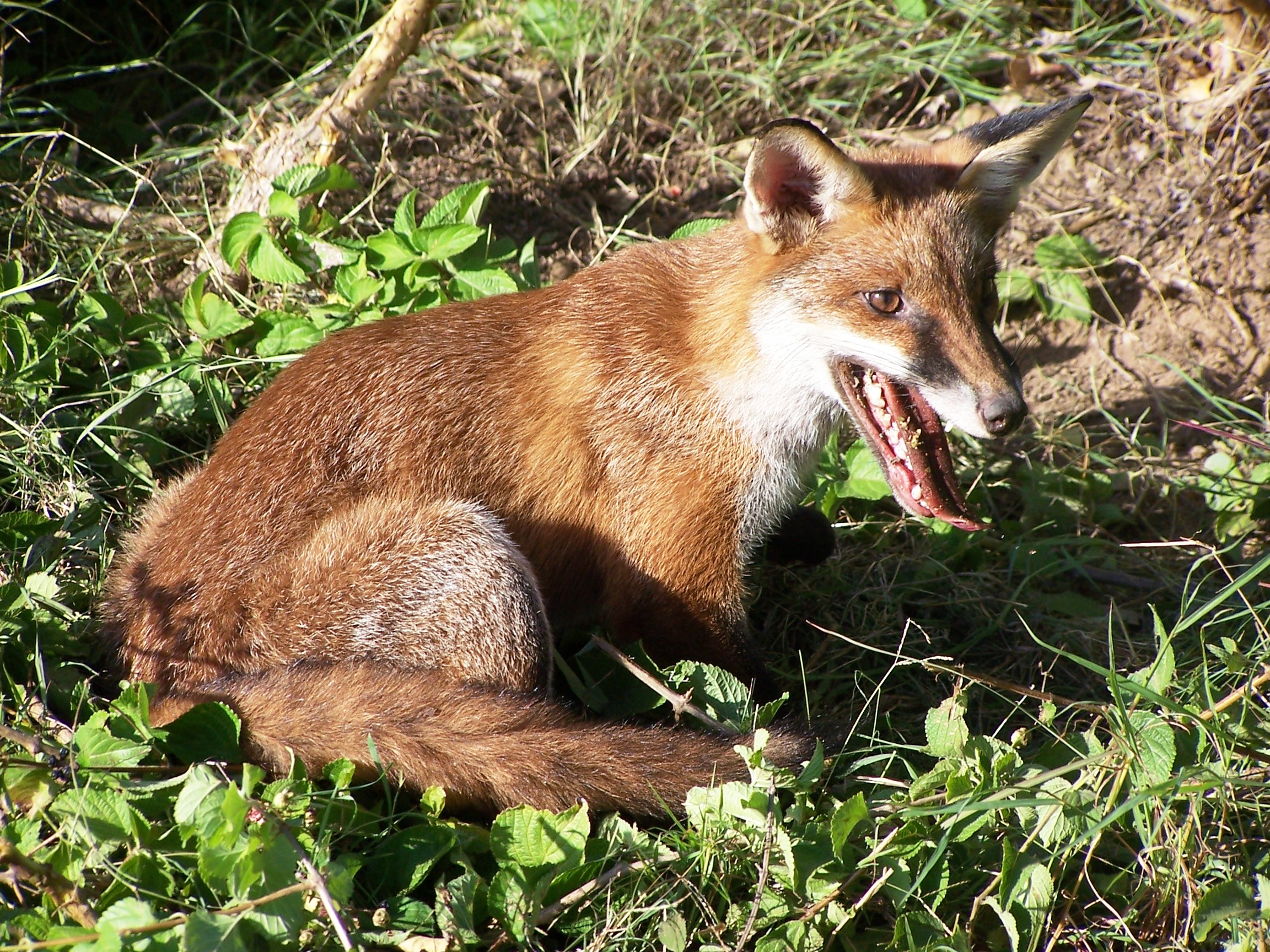Vulpes vulpes
Description

European foxes are small, highly active mammals with reddish-brown hair above and a white underside apart from a black-tipped nose and lower legs. They also have a long, very distinctive, bushy tail that is tipped with white hair. Foxes can vary in size depending on the area they inhabit, with their body length ranging from 45 - 90cm and a tail length from 30-55cm. They typically weigh from 3 -14kg, with an average adult male weighing 6kg and females weighing approximately 5kg.
European Foxes are mostly carnivorous scavengers and predators. However, they are opportunistic feeders and can eat a huge variety of animal and plant species, such as rabbits, rodents, frogs, birds, insects and even fruit, vegetables and grain. This diverse variety of possible food sources is the key to the success of foxes utilising a variety of habitats and climates across Australia. As a result, foxes have had a huge impact on a range of native wildlife, particularly small native ground dwelling marsupials (e.g. bilby), in the areas they inhabit.
European foxes breed once a year usually in winter with offspring born in spring. Cubs are generally born within dens but litters have been found in crevices in rocks, tree hollows, under suburban dwellings or in stacks of fallen timber. A fox's litter ranges in number from 4 to 10 cubs. Foxes usually have a single mate but will occasionally form small communities in their den, with the presence of 'helpers' such as subordinate females.
Foxes inhabit a wide range of Australian ecosystems including urban, alpine and arid areas but in particular they prefer lightly wooded areas. European Foxes are typically more active from dusk till dawn while during the day they will rest in their den.
Adaptations
- Large forward facing ears to help them focus on the sound of their prey
- Can run at speeds up to 48 km/hr and jump fences up to 2 metres tall
- Thick, bushy tail keeps their feet and nose warm while asleep
- Double back on their own tracks in order to confuse any potential predators
- When food is plentiful they stash it away for later use
Feeding relationships
- What I eat: almost anything, live or carrion (e.g. small animals, insects, fruit, seeds, leaves)
- What eats me: Wedge-tailed eagle, dogs, large Carpet Python
Interesting facts
The European fox was deliberately introduced into Australia in the 1870's for hunting purposes. In Toohey Forest they are held responsible for the local extinction of Antechinus (native Marsupial mouse) population.